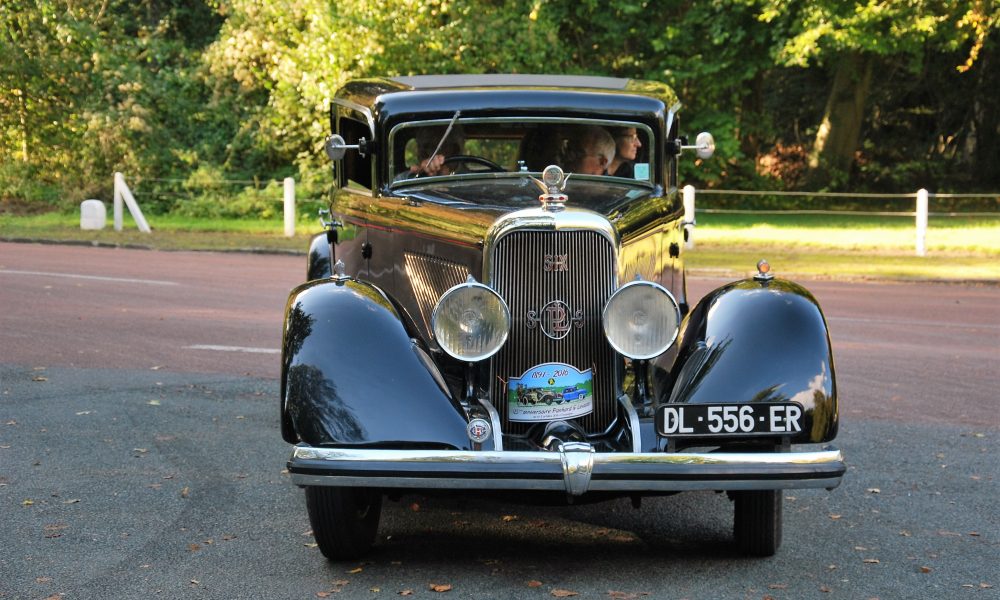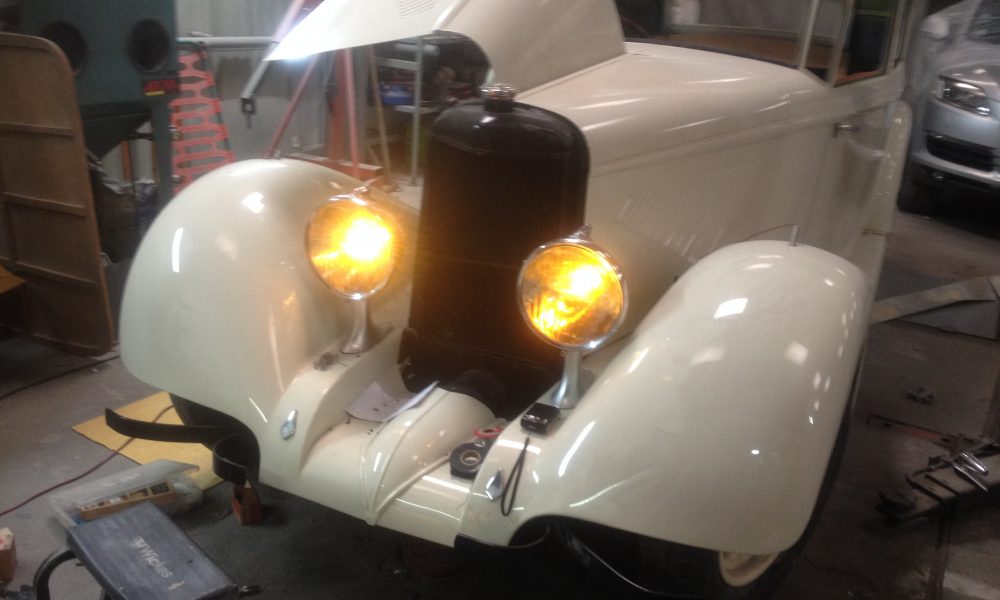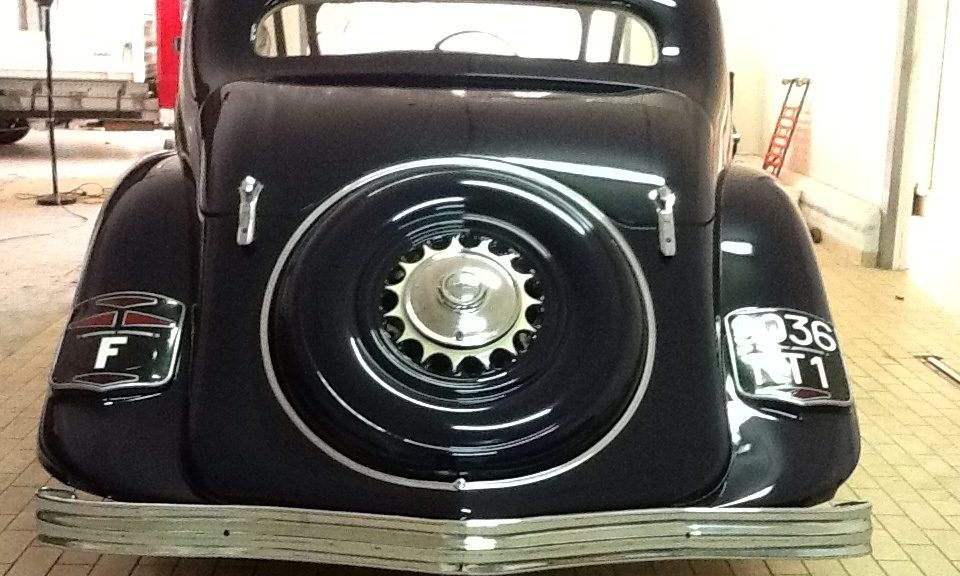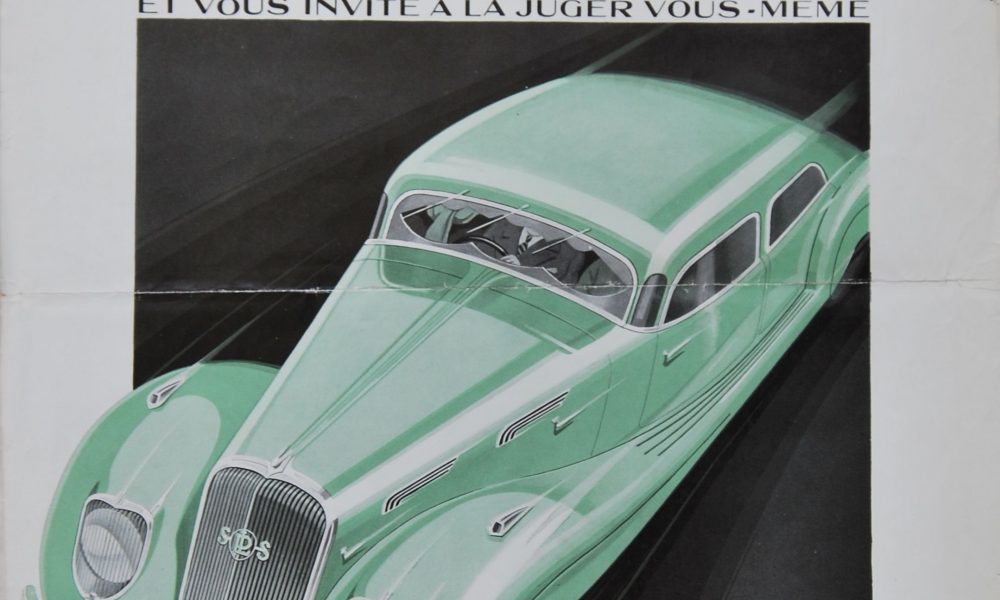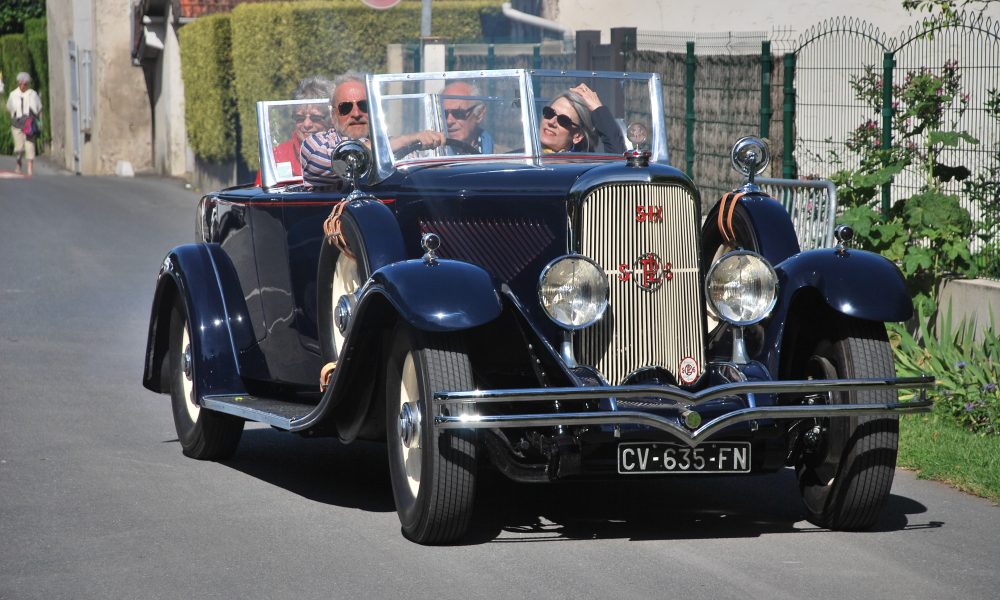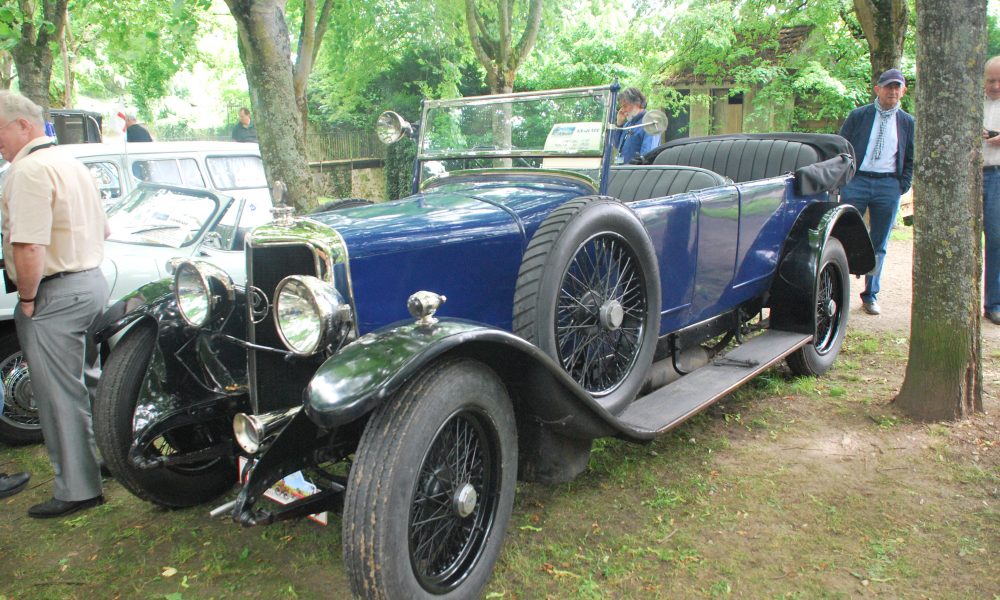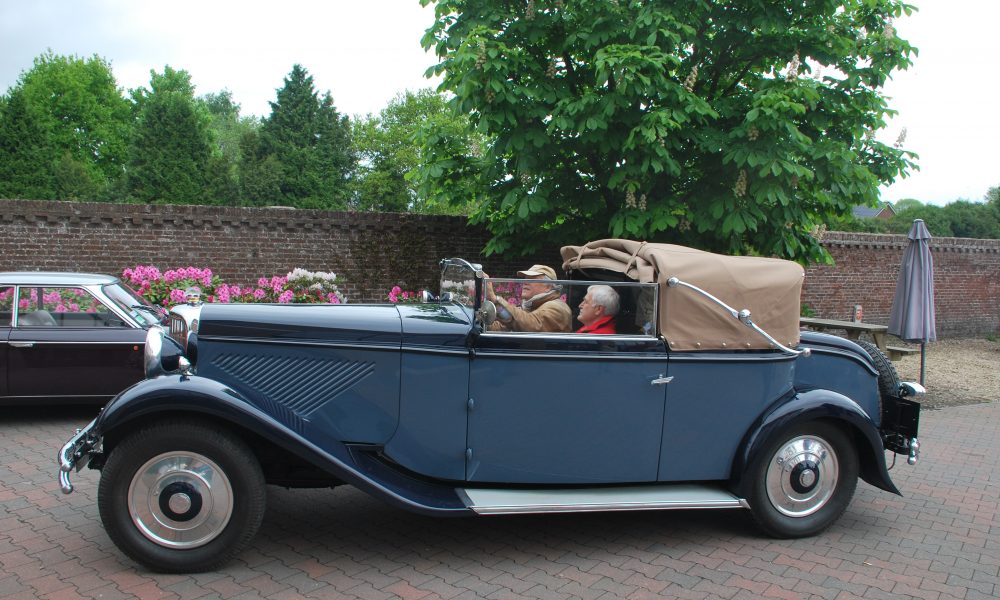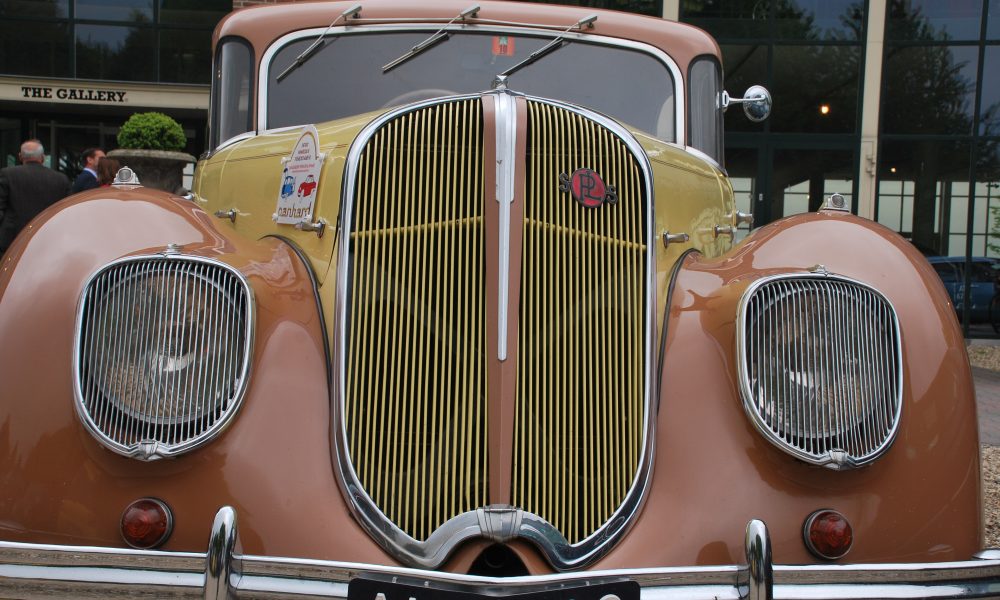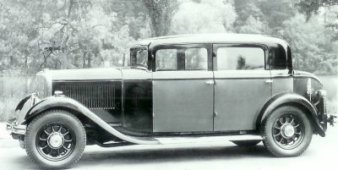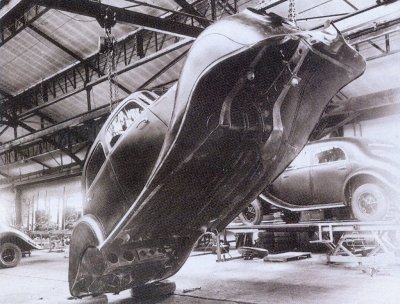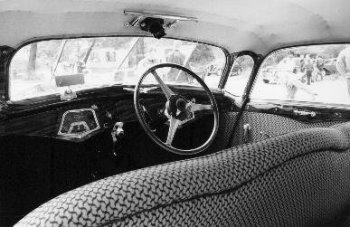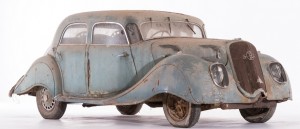The end of the 20’s and the 30’s, modernity and decline …
At the end of the 1920s, the French automotive landscape changed a lot. The manufacturers are still numerous but some are out of the lot by evolving towards the big series with a “modern”, “scientific” organization of their factories. New players have also emerged, such as Citroën, bringing with them many industrial innovations, often coming from the United States.
Since 1926 Panhard & amp; Levassor is committed to the six-cylinder engine, without any valve! The 10CV X59 is much too expensive compared to competitors like the Citroën C6. It will be a commercial failure but its engine will be the basis of all the subsequent evolutions until the Dynamic.


The series “S”: 6DS, 6CS, 8DS (1929-1938)
Panhard & Levassor began a rationalization of its range by abandoning the intermediate models for which the competition is too harsh. Very quickly the 4-cylinder engines disappear (and forever) cars of the mark.
At the 1930 show, the new Panhard & Levassor 6DS X66 20CV impresses. It is probably one of the most beautiful cars presented with its very elegant low-profile due to the new stylist house Louis Bionier.


The new 6DS is designed with great care and immediately becomes a reference.
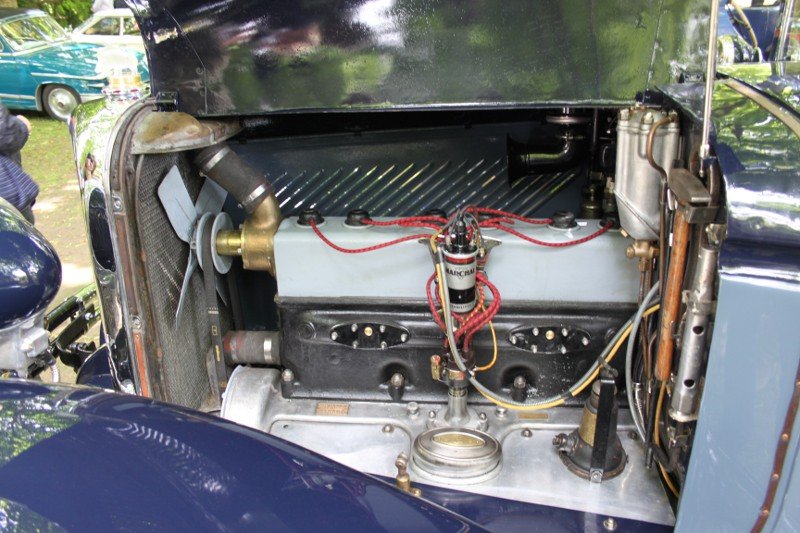
The gearbox is a new four-speed transmission, all “silent”.
The 6DS is quickly backed by an exclusive eight-cylinder 8DS 29CV type X67 and the smaller 6CS 13CV, type X68 and 6CS Special 14 CV type X69
At entry-level a project of 4CS equipped with a small engine with four cylinders of 11CV will be considered but will not have a continuation. The page of the cars equipped with a four-cylinder engines is definitely shot at Panhard & amp; Levassor.
The “small” 6CS will obviously represent the bulk of production, while the production of the old models ceases rapidly.
In 1932, the series “S” evolved with a system of freewheel and servo disengagement acting on the clutch by the sole effect of the accelerator. Then a new front suspension with pendulum was introduced in 1933. But it is nothing beside the revolution of 1934: the body “Panoramique”.
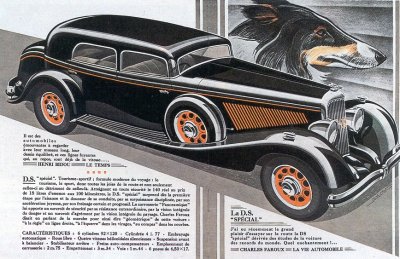
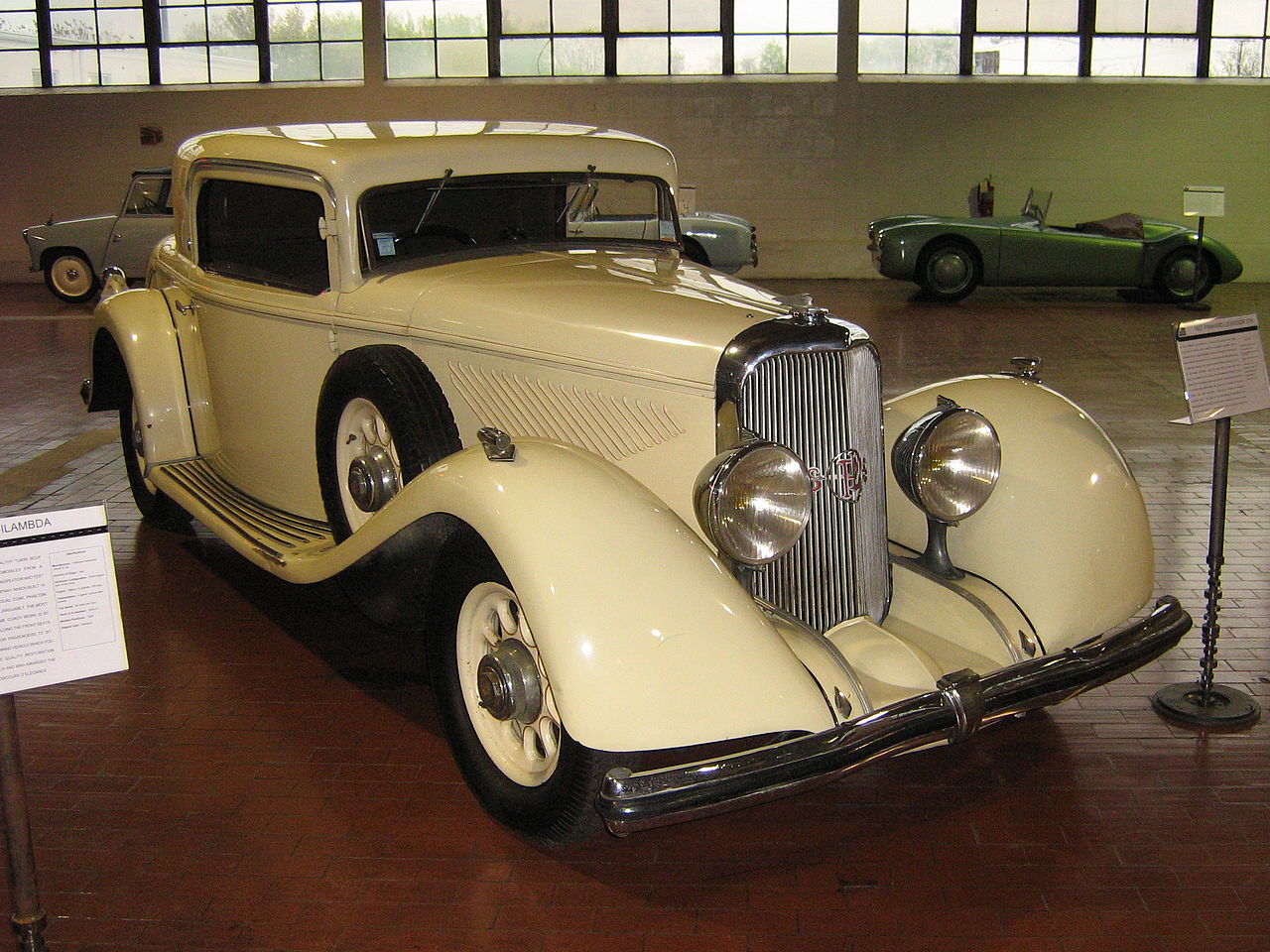
From a distance, the Panoramic body remains close to the old bodywork, but everything is new. The most obvious, it is well-on the small windows very curved framing the windscreen. The windscreens, very thin, are doubled. The forward visibility is total, without any blind angle, while maintaining the rigidity of the body.
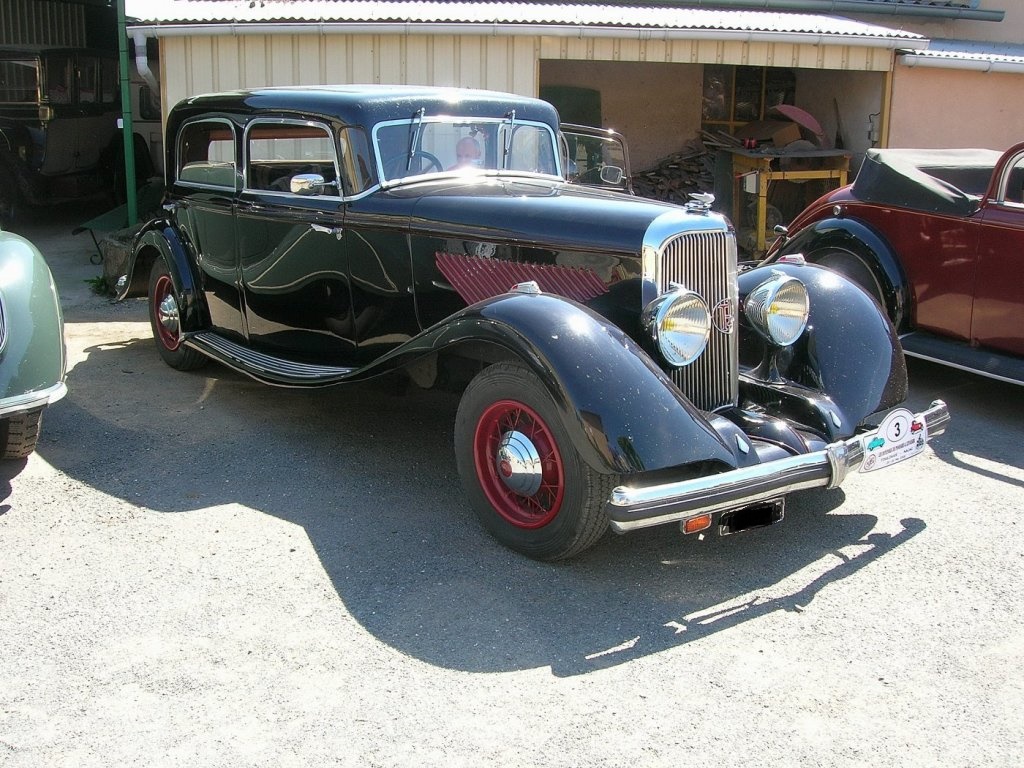

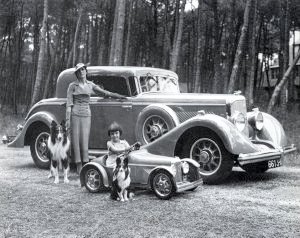
The Dynamic (1936-1940)
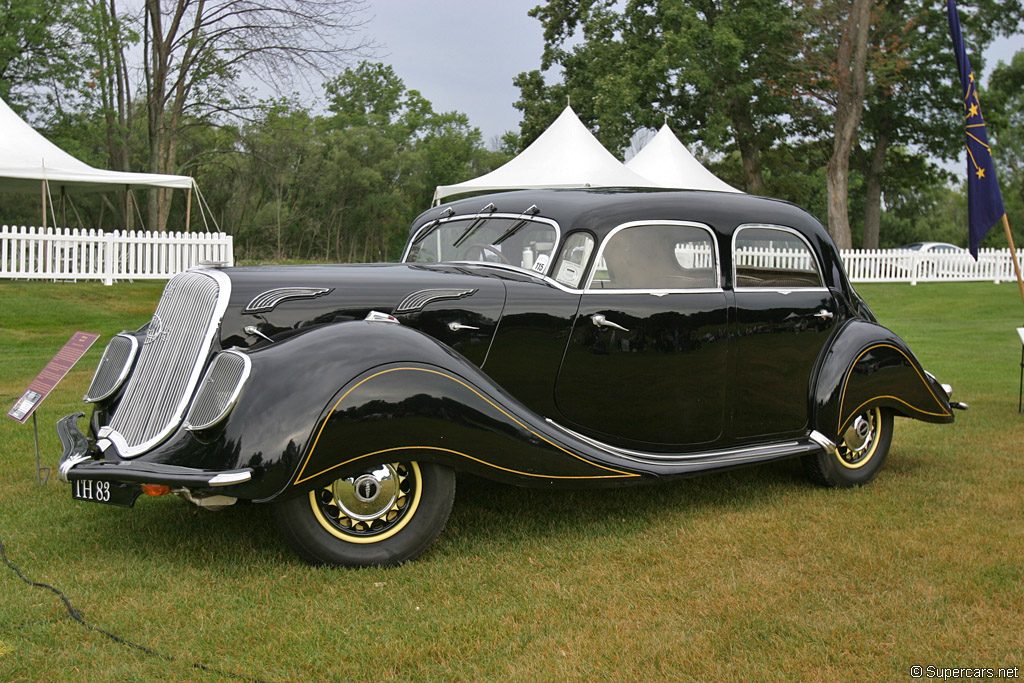
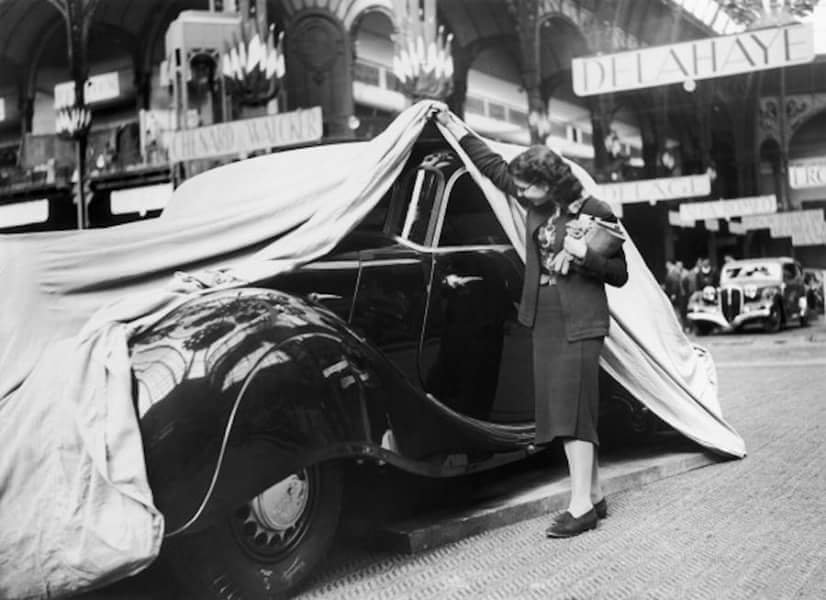
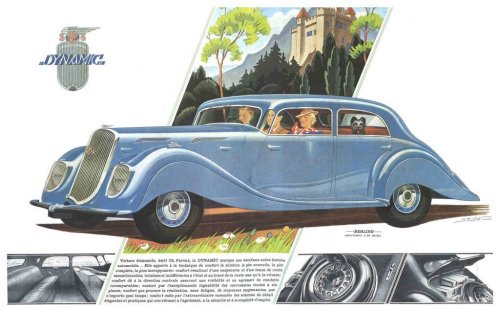

Still today the road behavior is exemplary.
The panoramic panes are obviously present but the windows of the front doors are also curved.
The body is particularly spacious, with 1.55m internal width, accommodating 6 to 7 people. One of the particularities of this car is its steering wheel in almost central position, at a time when the supporters of driving on the right and left still clash. In fact this solution has only disadvantages and will disappear in 1939, with the passage of the steering wheel to the left.
First introduced in Dynamic 130 14CV type X76 and Dynamic 140 16CV type X77, it will soon be backed by a powerful Dynamic 160 22CV type X80, while the X76, under motorized, disappears.
Over the course of his career, Dynamic will evolve relatively little, going in the direction of simplification. But sales do not take off!
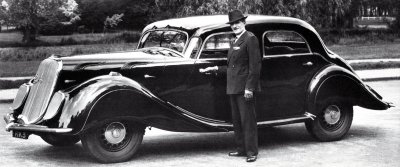
With the declaration of war and occupation, the production of the Dynamic will be interrupted. Projects existed to power the Dynamic with a valve engine, of Hotchkiss origin.
Some Dynamics will be assembled until 1948, with remains of pieces left in the factories, but the tools were destroyed during the bombings.
The time is for reconstruction and austerity. The small Dyna in aluminum with two-cylinder engine will take over: a cultural revolution after years of high-end …


